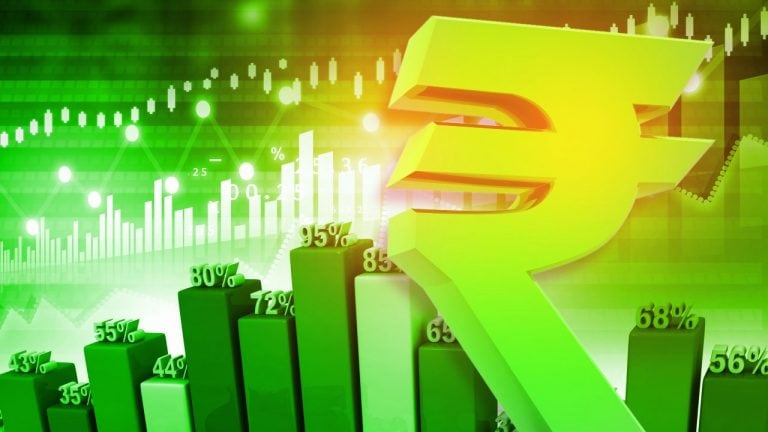It's time to invest in one of the fastest growing economies in the world - India

 Mar 31, 2021
Mar 31, 2021
Since the 90s, India's economy has been growing steadily. The policies implemented since then reflect the use of strong macroeconomic fundamentals, which have buoyed the country's growth despite fluctuations from structural reforms like demonetisation and GST implementation.
Understanding the past
In the mid-80s, India worked on slowly opening up its markets through economic liberalisation. 1991 saw a slew of more fundamental reforms with their renewal well into the 00s. The significant structural changes brought about by the move towards a free-market economy led to an impressive average growth of 8.8% between 2000-10. This is when India truly made some of its most significant strides.
This economic growth has been chiefly powered on by expanding services that have grown consistently faster than other sectors. The country's economic progress suggests that its most essential priorities remain its public sector reforms, infrastructure, agricultural and rural development, removal of labour regulations, state reforms, and the fight against HIV/AIDS. In 2018, India ranked 77th on the Ease of Doing Business Index. As per the International Monetary Fund (IMF) estimates, India's GDP went from US$480 billion in around 2000 to US$2.2 trillion in 2015.
With significant reforms like Demonetisation and GST implementation in 2016–17, the economy grew by 7.1 %. The World Bank projected a growth rate of 7.3% and 7.5% for the years 2018-2019 and 2019-20, respectively. According to published reports, India's average economic growth in the past 50 years showed conclusively that it has slowly but steadily grown across all sectors.
While there have been a few temporary dips along the way, long-term analysis shows that the economy's slowdown is merely an unsupported idea. In fact, India's growth in recent years has been fully supported by a practical macroeconomic policy. A new inflation-targeting framework, energy subsidy reforms, fiscal consolidation, higher quality of public expenditure, and a stable balance of payment situation all point towards a more resilient future plan.
Future forecast
Recent reports by the International Monetary Fund (IMF) show that irrespective of the global scenario, India is en route to rebound and boom by as much as 11.5 per cent in the year 2022. It is the only major economy forecast to grow in double digits next year, with predictions of a high 6.8% rise in the 2023 fiscal.
India’s Gross Domestic Product (GDP) declined due to the Covid-19 pandemic. But the country responded promptly with policy support, vaccine approvals, and mass inoculation campaigns. These decisive steps dealing with the situation and the resulting economic consequences show that it is already on track to getting back to its pre-Covid status.
The latest forecast for India's FY22 gross domestic product (GDP) marks an upward amendment from the 8.8% growth the IMF estimated in October.
The final word
As you see, we are on the cusp of notable change and opportunity. There has never been a better time to be part of the upward surge, invest and commit collectively to a country forging ahead.
Mutual Fund Investments are subject to market risks, read all scheme related documents carefully.
Sources:
https://www.msn.com/en-ae/news/other/imf-india-set-to-reclaim-world-s-fastest-growing-economy-status/ar-BB1d80BU
https://scroll.in/latest/985173/indian-economy-to-grow-at-11-5-in-2021-says-imf-revises-contraction-in-2020-to-8
https://ca.finance.yahoo.com/news/highlights-of-economic-survey-202021-101930493.html
https://en.wikipedia.org/wiki/Economy_of_India
https://economictimes.indiatimes.com/news/economy/indicators/india-seen-as-fastest-growing-economy-in-fy22-imf/articleshow/80467250.cms
https://www.livemint.com/Politics/TQmmRQnpW1ZcB1qQsi3h6H/World-Bank-sees-India-as-fastest-growing-economy-for-next-th.html








